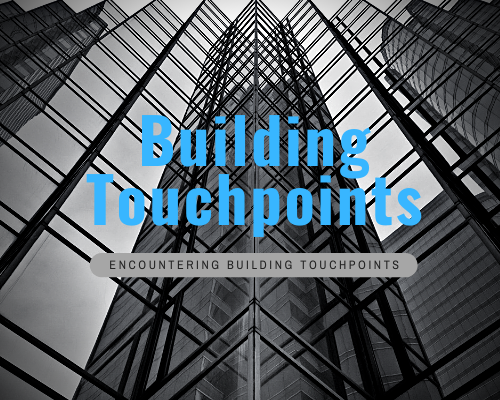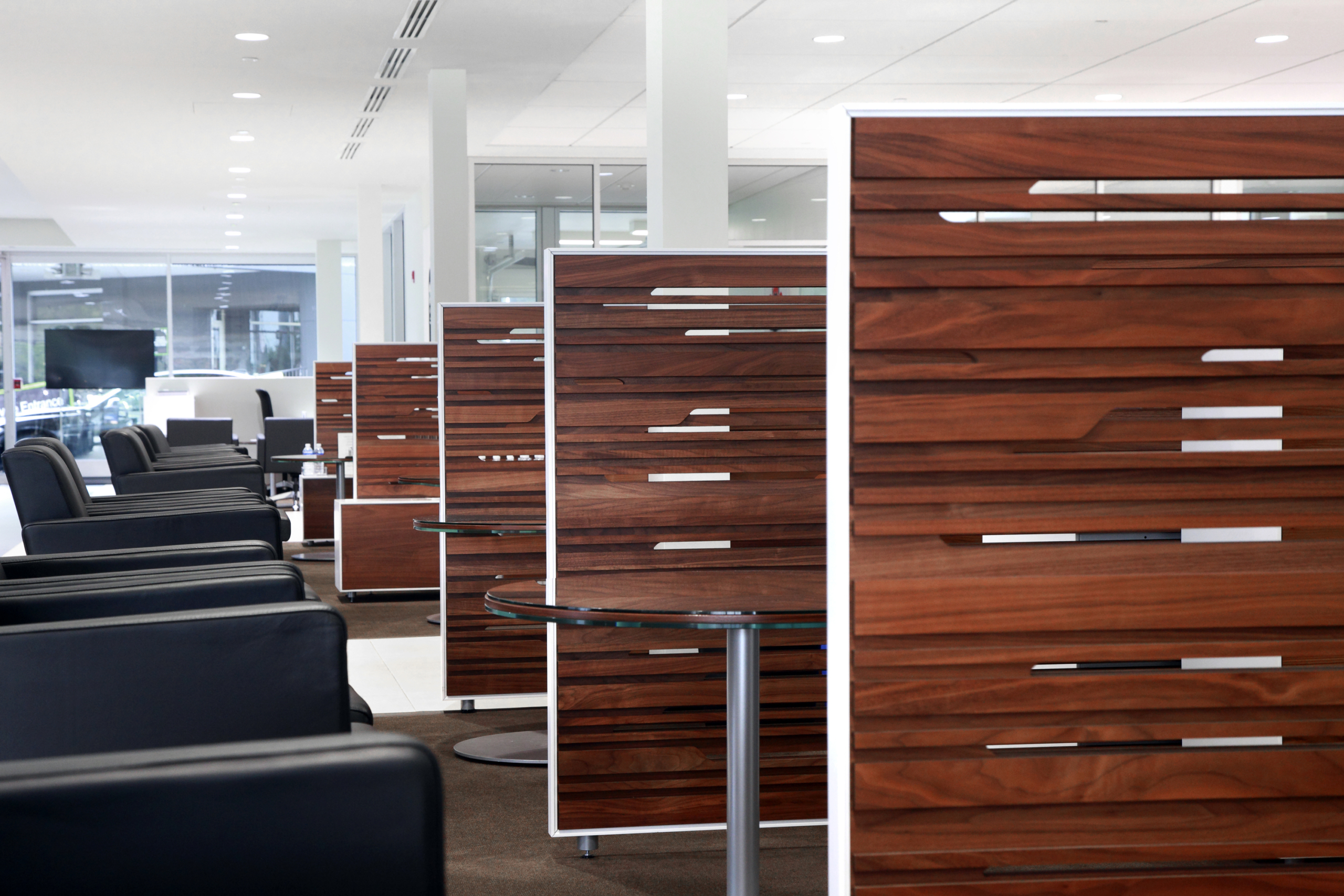Building Touchpoints
Encountering Building Touchpoints
How does a building’s design impact those of us who come into physical contact with it? Do the building touchpoints enhance our experience or diminish it? Let’s explore the role of touchpoints in architecture and how they impact our experience as we interact with buildings.
Encountering Buildings through Our Senses
The Sense of Sight
When we experience a building, we initially take it in through our sense of sight. We see the exterior and then the interior. We notice the overall form and also the tiniest details. We see their size, color, texture, and shape. They can vary from subtle to intense. For example, large or small size, brilliant or neutral color, coarse or fine texture, and simple or intricate shape.
Each element in the building impacts the way we perceive the adjacent items and even affects our perception of the whole structure. Interestingly, when we use our sense of sight, we may even visualize what’s hidden behind a wall, along a corridor, or beyond a door.
The Sense of Touch
Although we use most of our senses to experience architecture, our sense of touch may be the most intimate and revealing. Touchpoints are the tactile interface between a building and its users. As architects, we carefully consider the surprising number of touchpoints in which users come into physical contact with our designs.
“The sense of touch is one of the central forms of perceptual experience…touch occurs across the whole body using a variety of receptors in the skin. It often combines these signals with feedback from the muscles and tendons as we actively move and explore the world, and with proprioceptive information about the position of our tactual surfaces.” – Touch, May 6, 2020
These touchpoints can be tactile surfaces we touch with our hands, such as a door opener. They can also be surfaces we encounter with our feet, such as a ramp. In any case, touchpoints are critical to our positive experience when we visit, live, or work in a building.
Examples of Building Touchpoints
When we think of building touchpoints, we usually think of objects and surfaces we touch with our hands. Handrails, door hardware, and elevator controls are a few examples. Here are a couple of our favorite examples:
-
- We love the hand-shaped handrail in Eero Saarinen’s North Christian Church in Columbus, Indiana. Saarinen was raised by parents for whom art and design were a priority. In the North Christian Church, even seemingly minor design elements such as handrails play an important role. The handrails welcome the congregation as they lead people into the sanctuary. See additional images of the building here.
- Another example we love is the tactile, leather-wrapped column in the Alvar Aalto designed home and studio in Helsinki, Finland. Known for his clarity of design, Aalto was a masterful architect who also brought his talents to the design of human-focused lighting fixtures, furniture, and textiles. Many of these designs are in high demand today.
In both of these examples, the architects encourage us to experience the building by reaching out and touching it.
Architectural Surface Materials
There is a broad range of architectural surface materials that architects can use to offer different surface sensations.
Building Materials
Adobe
Aluminum
Brick
Carpet
Caulk
Ceramic
Concrete
Cork
Foam
Glass
Leather
Lumber
Paint
Paper
Plaster
Plastic
Porcelain
Rubber
Steel
Stone
Terrazzo
Tile
Wood
We can integrate these different materials into our building designs through the various building elements, such as floors, walls and doors.
Architectural Elements We Touch
Every part of a building has a tactile quality that affects our experience, for better or for worse. Although we mostly come into direct contact with elements on the building interior, the exterior also impacts our sense of touch. As we walk along a structure, we perceive its radiant temperature and that of the immediate environment. For example, consider the varying radiant temperature of an adobe home versus a steel and glass skyscraper.
Some building elements make us feel good, welcomed, and supported. We can feel their temperature, texture, and form. The materials may be smooth, soft, and warm or they may be rough, hard, and cold. We enjoy or are repelled by the texture of a wall, handrail, or countertop. Building elements can fit “like a glove”, feel awkward, or even hurt.
We believe building touchpoints should be safe, durable, and pleasant.
Building Elements We Touch
Appliances
Balconies
Bathroom fixtures
Benches
Cabinet hardware
Countertops
Decks
Doors
Door hardware
Elevator buttons
Entrance mats
Faucets
Flooring
Furniture
Guard rails
Handrails
Keypads
Light switches
Lighting fixtures
Ramps
Steps
Wallcovering
Windows
Window treatments
Every building touches its occupants in many different ways. These physical touchpoints are critical to the occupants’ positive experience of a building. As we develop our building designs, we carefully consider the tactile interface between the building and its occupants and users.






